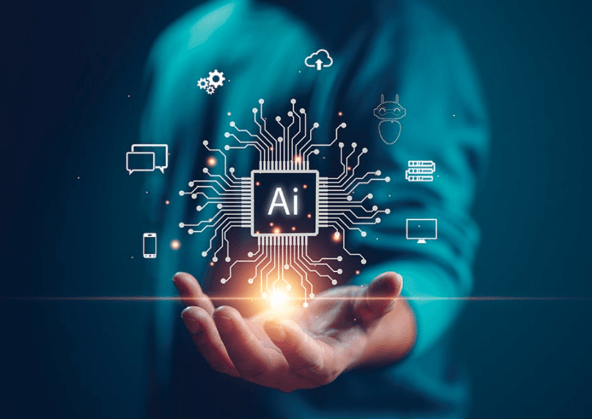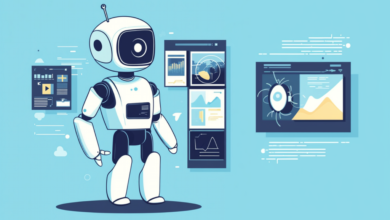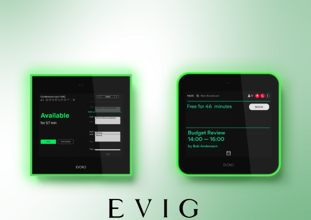The Future of Text to Image Technology in Visual Media

As text-to-image technology continues to evolve, its implications for visual media are profound, offering unprecedented opportunities for creators across various industries. The integration of artificial intelligence and machine learning is set to enhance personalization and interactivity, fundamentally shifting the creative landscape. However, this transformation raises critical questions about ethical considerations, quality control, and intellectual property rights. Addressing these concerns will be essential for fostering a responsible artistic ecosystem. What will be the long-term effects of these innovations on both creators and consumers? The exploration of these dynamics is crucial as we move forward.
Recent Advancements in Technology
Recent advancements in text-to-image technology have transformed the landscape of digital content creation, enabling unprecedented levels of creativity and efficiency.
The development of sophisticated AI algorithms has significantly enhanced image synthesis capabilities, allowing for more accurate and diverse visual representations from textual descriptions.
This evolution not only empowers creators but also democratizes access to high-quality visual content, fostering a freer expression of ideas.
See also: How to Generate Image for Creative Projects in 2025
Applications in Various Industries
The impact of text-to-image technology extends far beyond creative industries, finding applications across various sectors that leverage visual content for enhanced communication and engagement.
In advertising innovations, brands can create tailored visuals that resonate with target audiences, while in gaming experiences, developers can generate immersive environments and characters, enriching player interactions.
This technology revolutionizes how industries convey messages and engage users effectively.
Impact on Creators and Consumers
As creators harness text-to-image technology, they experience a transformative shift in their artistic processes and output.
This advancement fosters creator empowerment, enabling more innovative expressions and diverse storytelling.
Concurrently, consumers benefit from enhanced experiences, gaining access to personalized and unique visual content.
The democratization of creativity reshapes the relationship between artists and audiences, cultivating a more dynamic and interactive visual media landscape.
Future Trends and Predictions
Emerging trends in text-to-image technology suggest a future where artificial intelligence and machine learning will further refine the creative process.
As ethical considerations gain prominence, the balance between innovation and responsibility will shape industry standards.
This evolution will foster creative collaboration among artists and technologists, enabling diverse expressions while ensuring that the tools respect intellectual property and promote artistic integrity.
Conclusion
The evolution of text-to-image technology in visual media signifies a transformative shift in creative expression. As the adage goes, “A picture is worth a thousand words,” this innovation not only enriches narratives but also empowers creators across diverse industries. However, the potential benefits must be balanced with ethical considerations and quality control measures to safeguard intellectual property. By navigating these challenges, the future of visual storytelling can thrive within a responsible and dynamic artistic landscape.





